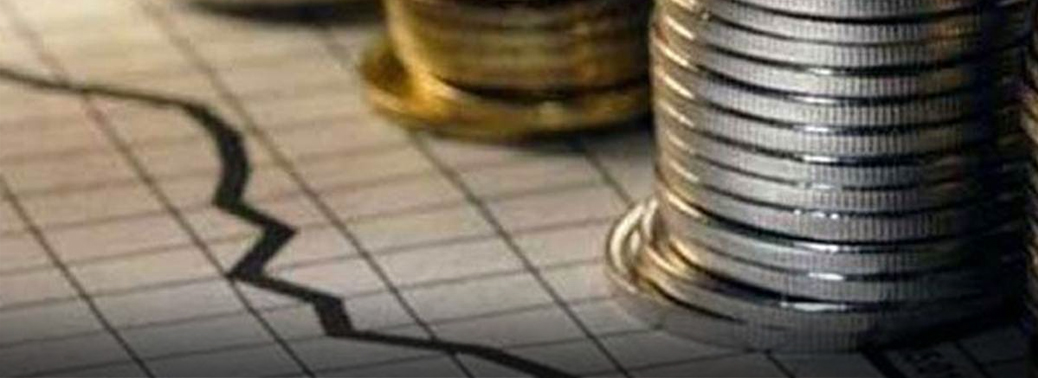In Q3, current account deficit narrows to 2.5%
30, Mar 2019

Prelims level : Economy
Mains level : GS III - Indian Economy and issues relating to planning, mobilization of resources, growth, development and employment.
India’s current account deficit (CAD) for the third quarter narrowed to 2.5% of the GDP compared with 2.9% in the preceding quarter, latest data released by the Reserve Bank of India (RBI) showed. In absolute terms, CAD was $16.9 billion in Q3 compared with $19.1 billion in the second quarter.
However, on a year-on-year basis, CAD in October-December period widened from 2.1% or $13.7 billion.
The widening of the CAD on a year-on-year (y-o-y) basis was primarily on account of a higher trade deficit at $49.5 billioncompared with $44 billion a year ago.
What is Current Account Deficit?
- It means the value of imports of goods/services/investment incomes is greater than the value of exports.
- It is sometimes informally referred to as a trade deficit.
- The major contributor to India‘s Current Account Deficit (CAD) has been imports of Gold and Crude Oil.
Impact of CAD
- Sustained period of CAD has led to currency depreciation, high rates of inflation which further effects the incoming foreign investment.
- Fall in gold imports and lower oil import bill in recent time led to shrinkage in the deficit.
- A current account surplus means an economy is exporting a greater value of goods and services than it is importing.
- There is no hard and fast rule about what will happen if a country has a current account surplus. It depends on the size of the current account and the reasons for the current account surplus.
- In the case of India, slow growth in imports, reflecting the persisting weakness in the investment sentiment, is the prominent reason behind this.
- The current account was in surplus last in the January-March quarter in the year 2007.






